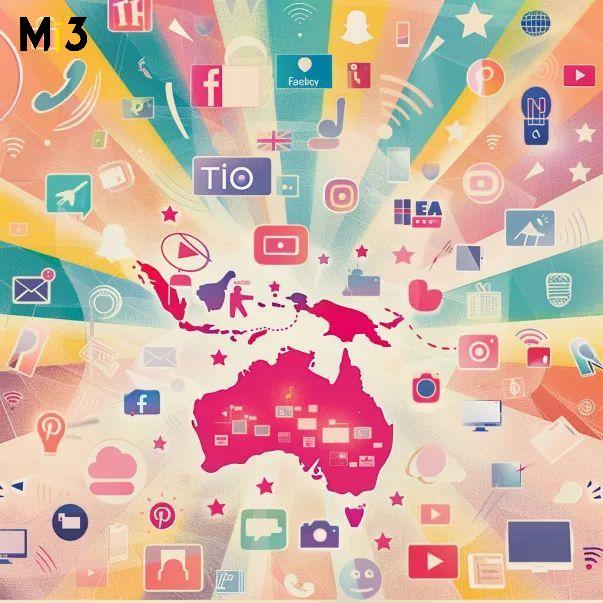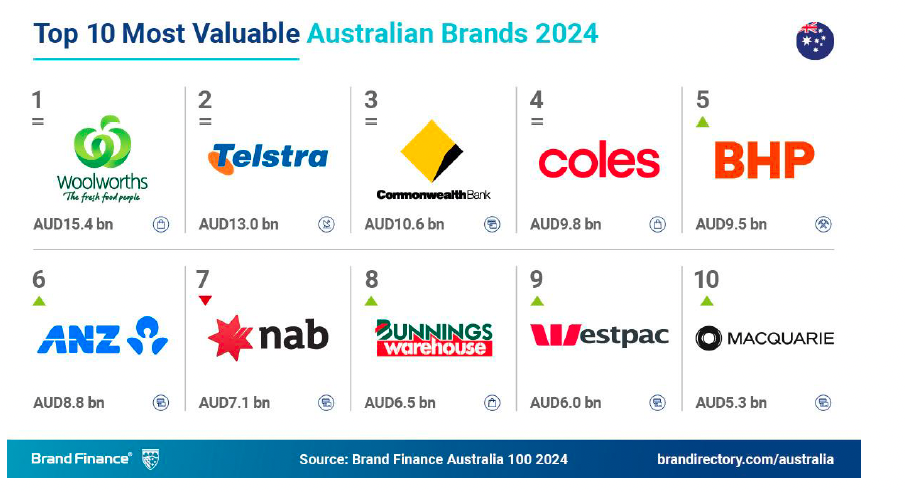Social media ban: Marketers face shifting audiences, uncertain enforcement

Australia’s looming social media age ban – a minimum age of 16 – is about to upend the youth media landscape. The law takes effect on December 10th, with guidelines due this month. For brands, agencies, and platforms, the coming restrictions raise one big question: what happens when under-16s are pushed off mainstream social media?
According to Zenith’s Research and Insights Director Ariel Li, marketers should be paying close attention. “The social media minimum age law, commonly referred to as the ‘social media ban’, will officially come into effect on December 10th, with guidelines being released this month. Although much remains unknown as to how the guidelines will be enforced, it is important for marketers to understand potential media audience shifts and behaviours.”
Awareness is already widespread. Li says “Our data shows that 78 per cent of Australians aged 18+ are aware of this legislation change, and 52 per cent of parents say that their children also know about it. Despite the high awareness, few households report having taken steps to prepare specifically for this beyond family conversations.”

Public support, private doubts
Support for the legislation is strong – particularly among parents – but there’s a shared skepticism about whether the law will stick in practice. “While 79 per cent of Australians believe children will find ways to bypass restrictions (and parents of children aged under 16 agree, sitting at 78 per cent), public sentiment towards this bill and view on its impact on children’s mental health and online safety is positive, although generational differences do exist.” (Li)
Younger adults, aged 18–24, are more conflicted. They see the value of protection but worry about the fallout for social connection. As Li puts it: “Young Australians aged 18-24, as expected, expressed more concerns, especially about the ban limiting children’s ability to connect with their peers. Yet they are still supportive of the bill overall, with 43 per cent holding a positive view of the ban versus the negative 23 per cent.”
For parents, support is overwhelming. “Parents of children under 16 show an overwhelmingly strong support for this ban, with overall 62 per cent viewing this ban positively versus only 16 per cent negatively. With 63 per cent of parents reported already having existing restrictions or rules in place regarding their children’s social media usage, this new legislation is seen as an additional layer of protection, making it not only parents’ job to manage their children’s digital activity and ensuring they have a safe online environment.”
Implications for brands
For marketers, the key issue isn’t whether teens will find workarounds – they almost certainly will – but how media behaviours shift in aggregate. If under-16s migrate to different platforms, or spend more time with video, gaming, or offline pursuits, brand strategies will need recalibrating.
Char Israli, Strategy Manager at Zenith, points out that the cultural backdrop has already changed. Tween-focused channels like Disney and Nickelodeon once defined a generation. Magazines like Dolly and Girlfriend shaped teenage tastes. Today, those cultural scaffolds are thinner. If social media fades from tween life, there’s a vacuum, and opportunity, for media, brands, and creators to fill.
Additional reporting by Andrew Birmingham





